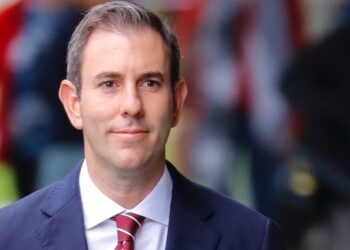Hostplus is to merge with Intrust Super creating a $69 billion superannuation fund.
The two funds had signed a successor fund transfer deed and were targeting 26 November, 2021 for the merger.
Hostplus was one of Australia’s super funds and had $66 billion in assets under management and 1.25 million members while Intrust Super had 90,000 members and $3 billion in assets, both were focused on the hospitality sector.
David Elia, chief executive of Hostplus, said: “We are delighted today, to have formally entered into an agreement with Intrust Super to merge our two funds to create a truly national fund of greater size and scale.
“A significant amount of work has preceded today’s announcement. Both funds continue to approach this merger with enthusiasm and pride; and both funds have a deep respect for each other’s distinctive achievements, performance track-record and for-member profit ethos and values.”
Brendan O’Farrell, Intrust Super chief executive, said: “The merger to be completed later this year, places the best interests of both funds’ combined members at the forefront of our approach to ensuring continued growth, competitiveness, sustainability, and success. The continued growth of Hostplus will help to further secure strong retirement outcomes for Intrust Super members now, and into the future”.




